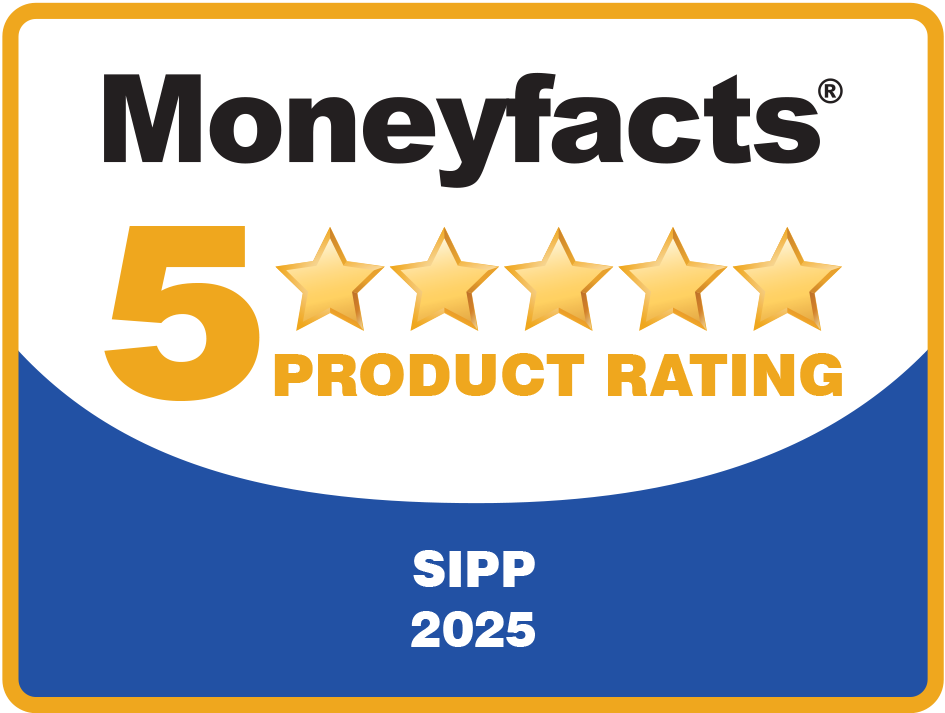Why keeping death benefit nominations up to date is so important for your clients
Judging by the work we have been carrying out over recent months, the lockdown enforced by Covid-19 has given people the opportunity to review their financial affairs. We’ve looked at some of the types of work we’ve been doing in our other article this month.
One area where we have received a noticeable increase in enquiries relates to death benefit nominations. It sounds like a small admin job, but it’s actually a really important task to undertake. Here’s why.
Keep the death benefit nomination up to date at all times
As you will know, benefits held in a pension scheme do not form part of a client’s estate. Therefore, a will does not have any impact on how these benefits are distributed on death.
For a master trust arrangement such as ours, IPM are the sole trustee to the pension scheme. As such, this means that the decision as to where benefits are paid upon death ultimately rests with us. However, to help us make that decision, we are guided by the member’s nomination as to who benefits should be distributed to.
A separate nomination of beneficiaries should be made to the pension scheme administrator which can be used for this purpose.
Importantly, this nomination should be kept up to date throughout a client’s life as and when their circumstances change. This is as important as making a nomination in the first place.
The way death benefits are paid ‘has rarely been more generous’
At present, the way in which benefits are distributed from a SIPP in the event of death has rarely been more generous, both in terms of tax treatment and how these can be paid.
Before 2015, how benefits could be paid from a SIPP, and whether these were taxed, was determined by whether a client was in drawdown and whether the nominated beneficiary was a financial dependent.
Now, should a client die before the age of 75, the benefits can be paid to any nominated beneficiary and distributed tax-free, subject to a Lifetime Allowance test.
Where a client dies after the age of 75, tax is paid at the recipient’s marginal rate. This presents a planning opportunity to ensure that benefits are paid to the beneficiary in the most tax-efficient manner.
How death benefits from a SIPP can be paid
Death benefits can be paid as a lump sum. Here, the entire value of the SIPP is paid out to the nominated beneficiary or beneficiaries.
The other option is for death benefits to be paid as income, similar to Flexi-Access Drawdown. This sees amounts paid out as and when required, retaining the balance within the pension scheme.
Paying death benefits as drawdown offers another financial planning opportunity as you may want to ensure that any monies remaining in the SIPP are managed to meet the beneficiary’s ongoing needs.
Not only this, but, in the event the beneficiary’s death, benefits can be passed on from a beneficiary to their chosen nominee or successor. This enables wealth to be passed down to different generations of a family – for example, from grandparents to grandchildren, and so on.
For an example of how this can work beneficially for your clients, read this case study in more detail. It highlights how SIPPs can be used to pass down a commercial property from which a family business was run from parents to children in a tax-efficient way. In this example, the SIPPs formed an important part of the succession plan for the business.
Coming back to the earlier point: why is it important to keep death benefit nominations up to date?
How many of your clients have updated their nomination to their pension provider since the rule changes in 2015? Grown-up children were unlikely to be deemed a financial dependent, however, now there is the opportunity to nominate them as a beneficiary of a client’s SIPP and elect for them to receive the benefits as income as opposed to just a lump sum.
However, this cannot be done unless the original SIPP member elects for their benefits to be paid as income and they are named on the ‘nomination of beneficiaries’ form. This means that any nomination made prior to 2015 probably needs revisiting.
Furthermore, it is not uncommon for people to nominate their spouse as their sole beneficiary. However, it is always worth clients adding anyone else they would like the trustee to consider paying benefits to.
Not only does this give a clear indication of the client’s wishes, but it also gives greater flexibility as to how benefits can be paid.
In a scenario where a spouse is nominated as the main beneficiary and the children are also nominated, but to receive a lesser amount, the spouse has the ability to forego their entitlement to the death benefits and these can be passed onto any other nominated beneficiaries.
Once a beneficiary is in receipt of death benefits, and they have elected to receive income rather than a lump sum payment, they then have the opportunity to nominate who they wish to receive these benefits in the event of their death by nominating their chosen successor or nominee.
The final option to consider is nominating to pay benefits to a charity.
A charity lump sum death benefit can be paid, free of any tax, regardless of value at the age at which the client dies. This is subject to certain criteria being met; namely, the client has no other financial dependents and that the charity has been nominated by the client. If these conditions are not met, a payment to a charity can still be made but may not be tax-free.
Get in touch
Keeping your clients’ nominations up to date is hugely important and can enable financial planning conversations.
To find out more, and how we can help your clients to ensure their benefits are paid in the right way to the right people on their death, please get in touch. Email info@ipm-pensions.co.uk or call 01438 747 151.



